Facing trauma not only as an individual but as a part of a community is real. It can happen for multiple reasons but grave societal issues are the primary ones.
Hence, sometimes this trauma can be inherited from the family as well. This is a shared collective trauma that elderly family members may pass on to their children and it continues.
Suppose your grandparents faced tremendous trauma for a particular type of social issue that may happen frequently but does not become a grave matter always. Hence, this fear of loss may pass to your parents and come to you.
So, now you have trauma for this particular type of social issue, and whenever you see it is going to happen you become extremely traumatized and anxious. Therefore, sometimes you may be a part of collective trauma unknowingly.
Today, we will be talking about collective traumas that we often fail to recognize. Coming out of it can may be tricky so here are a few common healing methods, to understand the core of your trauma and treat it completely.
What is Collective Trauma?

Collective trauma does not just refer to the memory of a horrible incident that happened to a wide number of people; rather, it describes the psychological responses to a traumatic event that impacts an entire society.
In recent years, an instance of collective trauma is the global pandemic that people all over the world faced 3 years ago. The effect of COVID-19 was so intense that many people lost their loved ones, lost their jobs because of the lockdown, got physically weak, faced a lot of procedures to stay safe, and whatnot.
However, most importantly, the trauma affected the whole world mentally. It shattered our zeal and positivity.
Artists couldn’t get any work as public gatherings were banned, students couldn’t learn multiple things that they would have learned better if they could go to schools and people from different hierarchies of the society faced a lot of things that made them mentally distressed.
Thus, it was “a shared experience of helplessness, disorientation, and loss among a group of people” (Castelloe, 2020), in other words, a collective trauma.
Read More: What Can Trigger Your Trauma
How Can You Recognize that You Are Experiencing Collective Trauma?
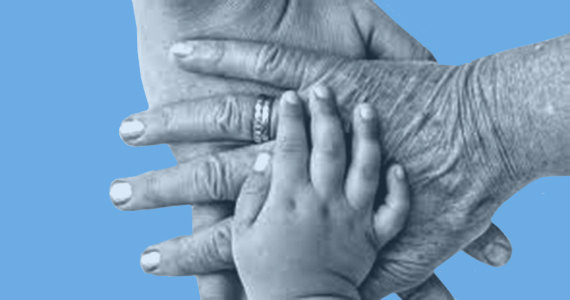
Have you experienced restlessness after seeing news that has a bigger impact on society? If you feel that such news is making you scared of taking any decision, or you are experiencing continuous tension and restricting yourself from doing a few things, then it can be a sign of collective trauma.
Here are a few symptoms that you may experience if as an effect of collective trauma:
Sense of Hopelessness or Helplessness
Feeling hopeless or helpless about the future or one’s ability to effect change is a significant sign of collective trauma. This can lead to a pervasive sense of despair and a lack of motivation to engage in usual activities.
Social and Interpersonal Strain
Trauma can put a strain on social and interpersonal relationships. Individuals might experience increased conflicts, a sense of isolation, or difficulty in maintaining connections with others.
Hypervigilance
Being constantly on edge or overly alert to potential threats is a common response to trauma. This heightened state of awareness can be exhausting and affect one’s ability to relax and enjoy life.
Read More: Understanding Secondary Trauma: What It Is and How It Affects Us
How to Overcome Collective Trauma? 7 Effective Ways
If you have experienced the symptoms mentioned above lately then you should know that healing from collective trauma is possible by practicing the right techniques.
1. Acknowledge the Trauma
Acknowledging it the most useful answer to your question “how to overcome collective trauma”. Pretending everything is okay when it’s not doesn’t help anyone. Acknowledge that something significant and potentially traumatic has happened.
Whether it’s talking with friends, and family, or even just reflecting on your own, recognizing the impact is a crucial step. It’s okay to say, “This is hard, and it’s affecting me.”
2. Create Safe Spaces for Expression
We all need a place where we can vent, cry, and share without fear of judgment. This could be a community support group, a weekly Zoom call with friends, or a therapeutic setting.
Sharing your experiences and feelings helps you to process what’s happened and reduces the feeling of being isolated in your pain.
3. Foster Social Support Networks
Lean on your social connections—they’re more important than ever. Whether it’s through phone calls, video chats, or socially-distanced meetups, staying connected with friends, family, and community members can offer a lot of comfort. Sometimes just knowing someone else is there for you can make a huge difference.
4. Engage in Collective Healing Activities
Healing collective trauma together can be powerful. Think about activities that bring people together, like community art projects, memorial services, or cultural rituals.
These collective actions can help everyone process the trauma and find a sense of meaning and unity. Plus, they reinforce that you’re not alone—others are going through this too.
5. Promote Mental Health Awareness and Access to Care
Let’s talk about mental health openly. Spread the word about the importance of seeking help and make sure people know where to find it.
Affordable and accessible mental health services are crucial. If you or someone you know needs help to come out from any kind of trauma and addiction, don’t hesitate to reach out to professionals who can provide support.
6. Encourage Physical Activity and Wellness Practices
Moving your body can do wonders for your mind. Regular exercise, mindfulness, yoga, and other wellness practices can help manage the symptoms of trauma.
These activities reduce stress and anxiety, so find what works for you and make it a part of your routine. Join a virtual fitness class or start a walking group with your neighbors.
7. Advocate for Policy Changes and Resources
Sometimes healing requires more than just individual effort—it needs systemic change. Advocate for policies that address the causes of trauma and support affected communities.
Push for better mental health resources and support systems. Collective voices can drive significant change, making long-term recovery possible for everyone.
Read More: How To Conquer Your Unconscious Fears? Mantra For Success
Takeaway
Healing collective trauma is possible because there are multiple way-outs and as this is a community issue, the help is quite accessible.
However, you need to understand the symptoms at the right moment and ask for help from the right person. Together we can fight against issues like collective trauma and heal completely.
1. What causes collective trauma?
Collective trauma can be caused by wars, natural disasters, pandemics, genocides, and other large-scale, catastrophic events.
2. How does collective trauma affect communities?
It can lead to long-term psychological, social, and cultural changes, affecting mental health, relationships, and communal cohesion.
3. What are some signs of collective trauma?
Signs include widespread anxiety, depression, mistrust, and an increased sense of vulnerability within the affected community.


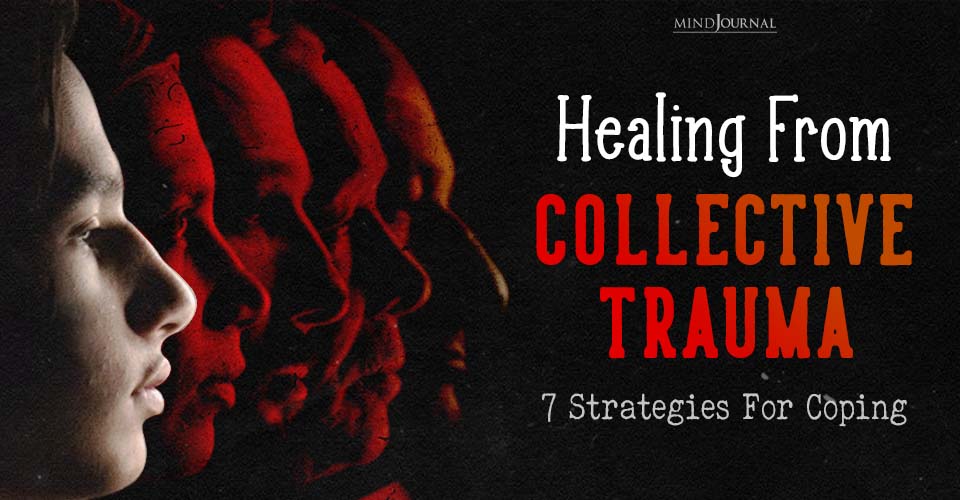
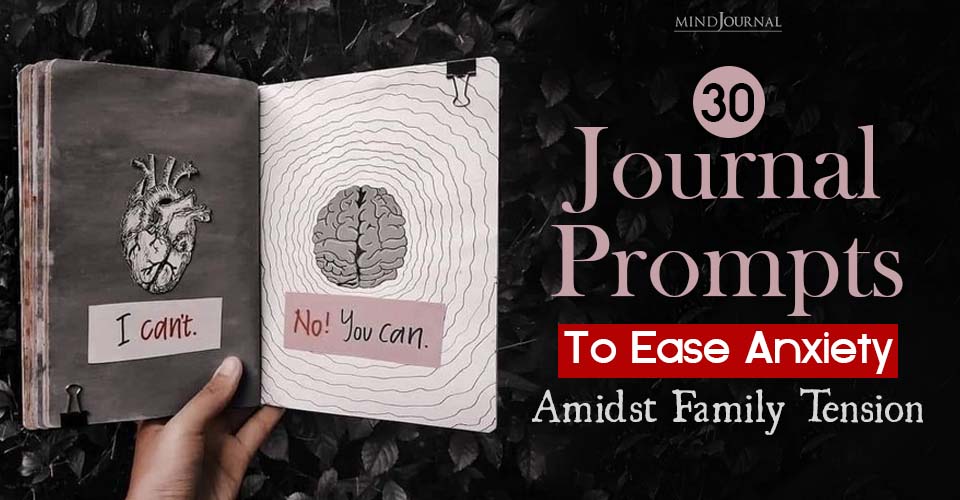
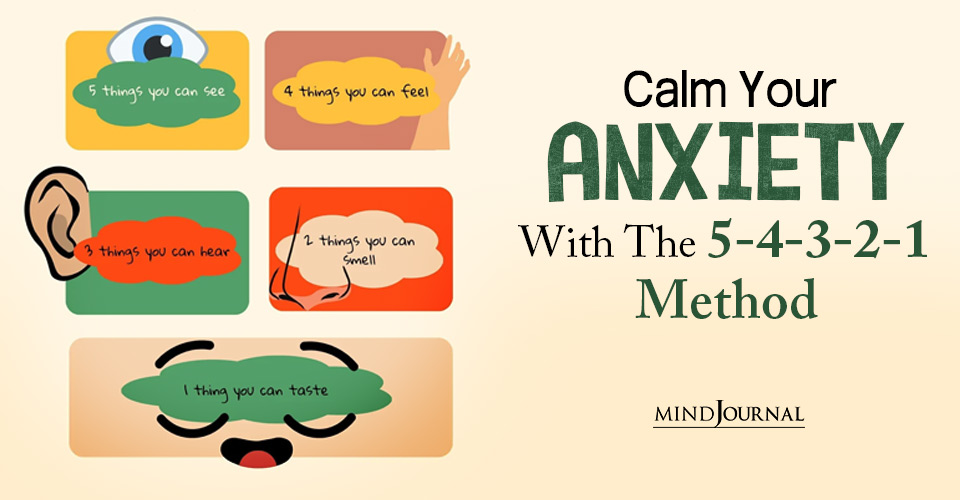
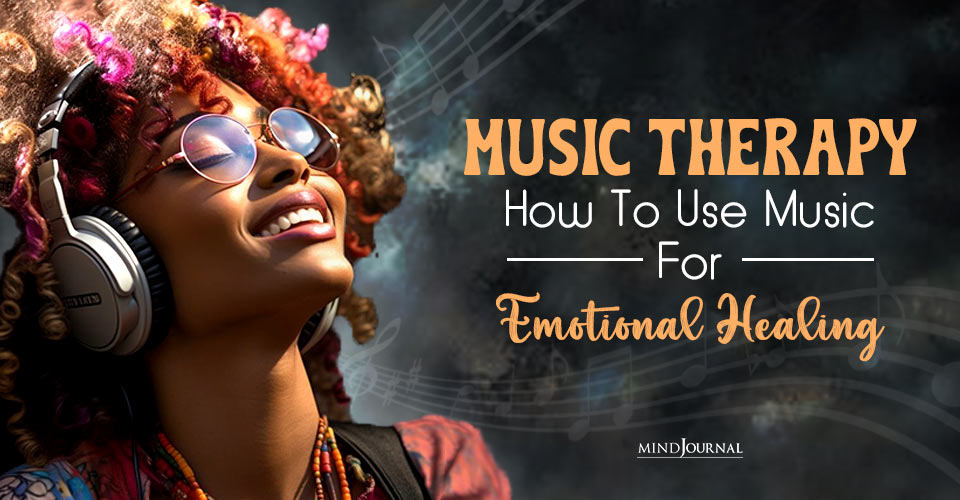
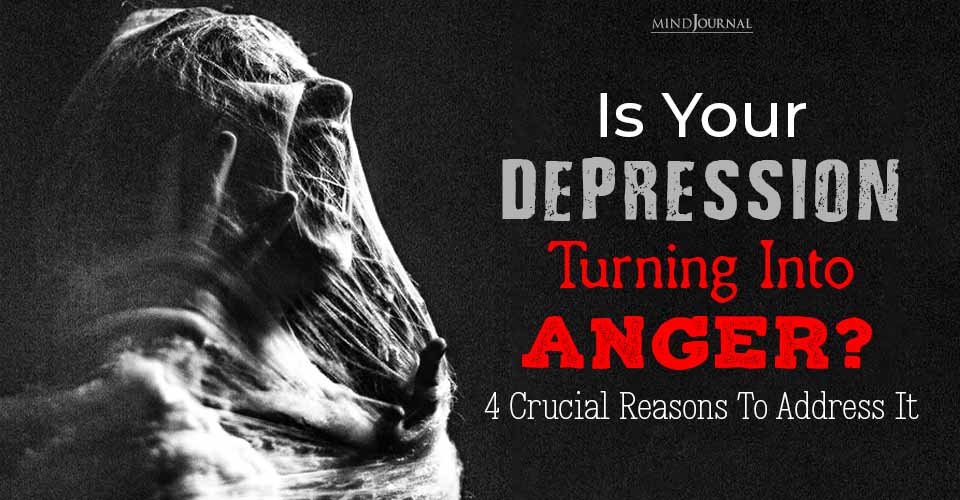
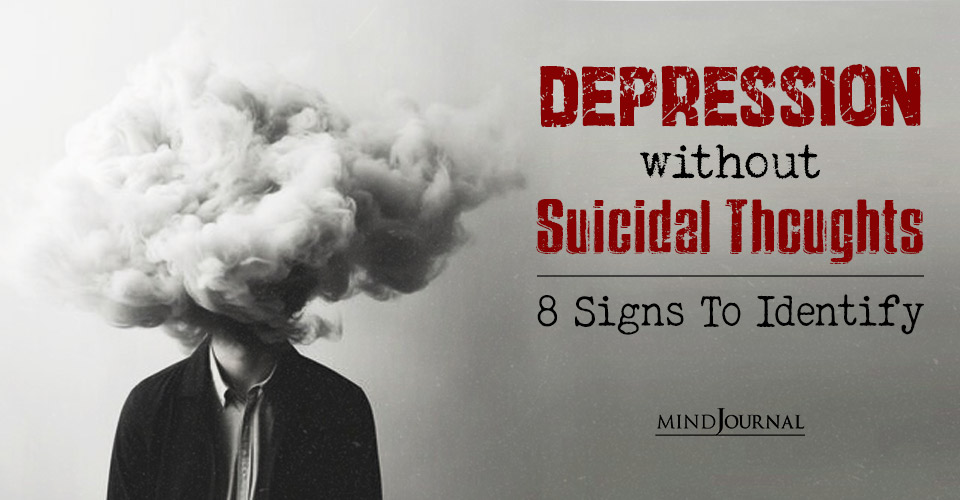
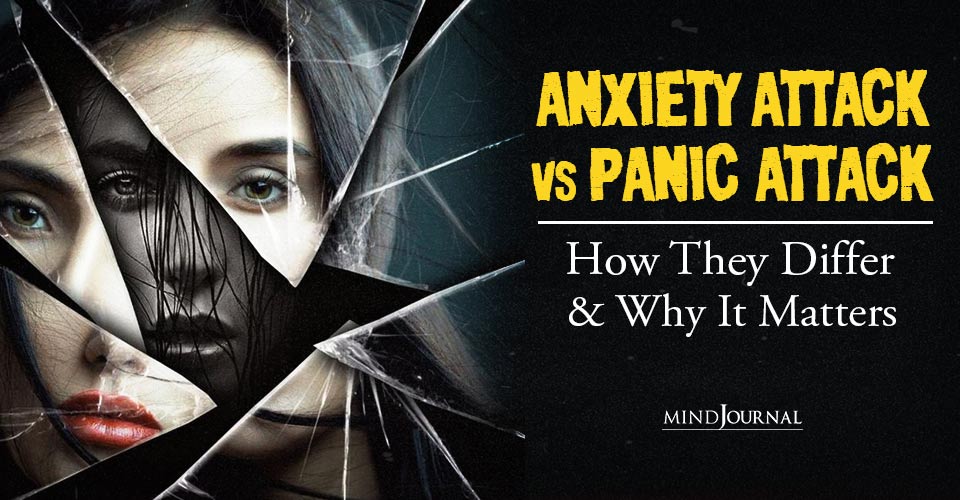
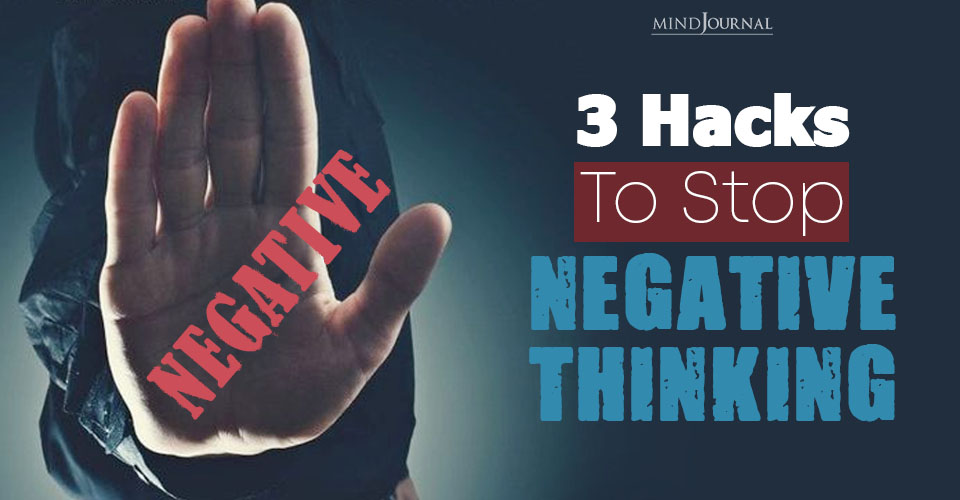
Leave a Reply